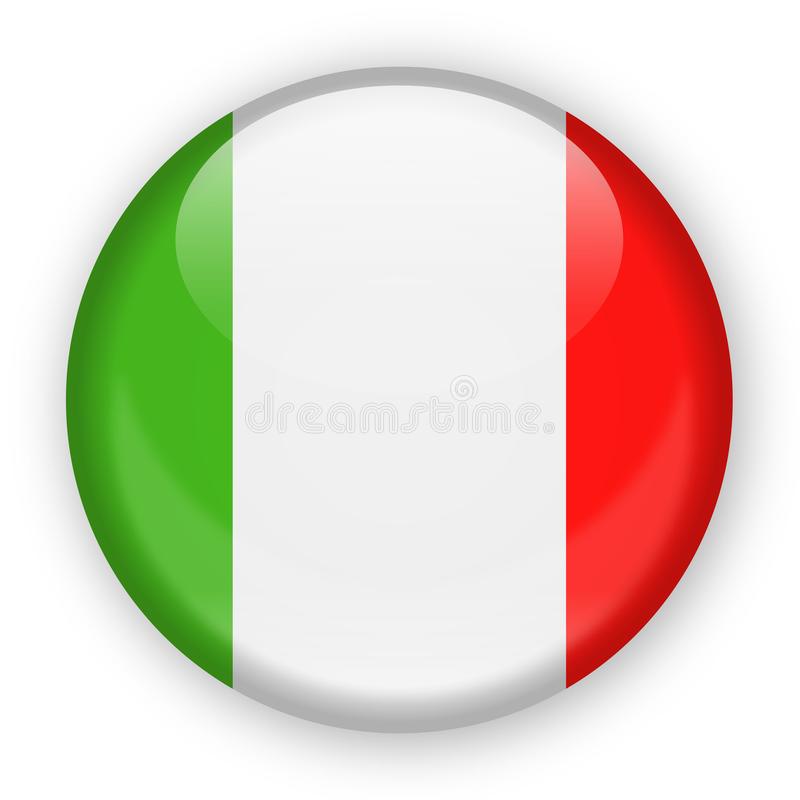CAPPELLA SANTA ROSALIA
Point of interest n°1
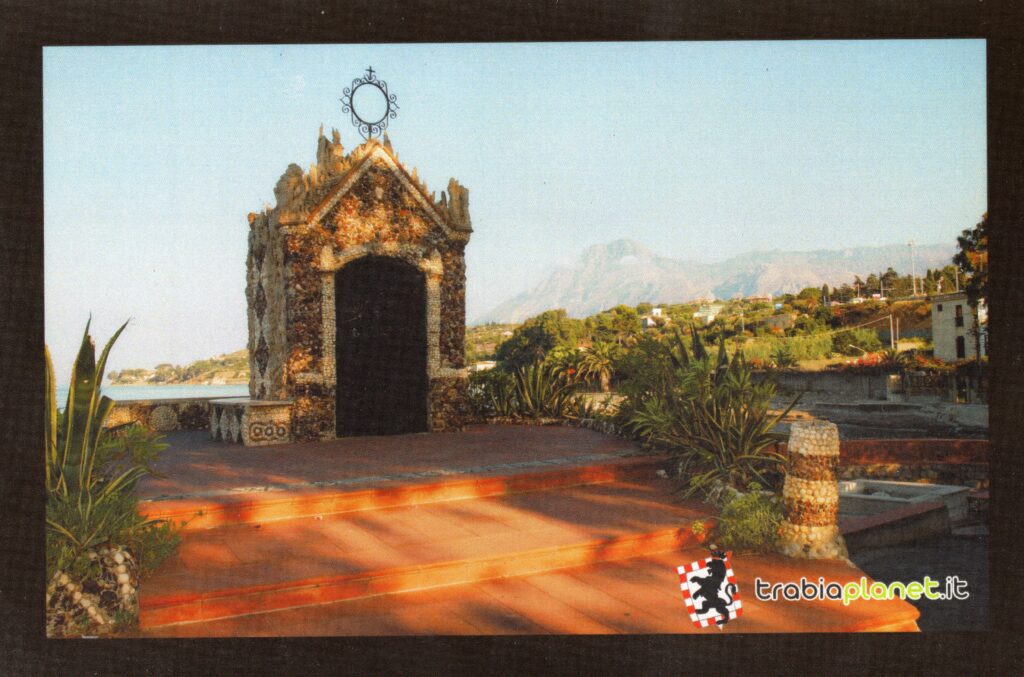
“Along the coast at Trabia is a small sanctuary, built of cave stone in so many splendid colours”.
Thus wrote Giuseppe Sunseri, a poet of Trabia, of the tiny chapel of Santa Rosalia, begun in 1904 and completed in the 1920s, commissioned by a gentleman of the town, Sig. Salvatore Gurgiolo. The chapel was erected using stalactites and stalagmites gathered by young townspeople in the grottoes of Castello Lanza. Around the chapel is an area with paintings and mosaics framed by sea pebbles. A statue looks over the reef, representing a fisherman; it is a popular site for many children.
CASTELLO LANZA
Point of interest n°2
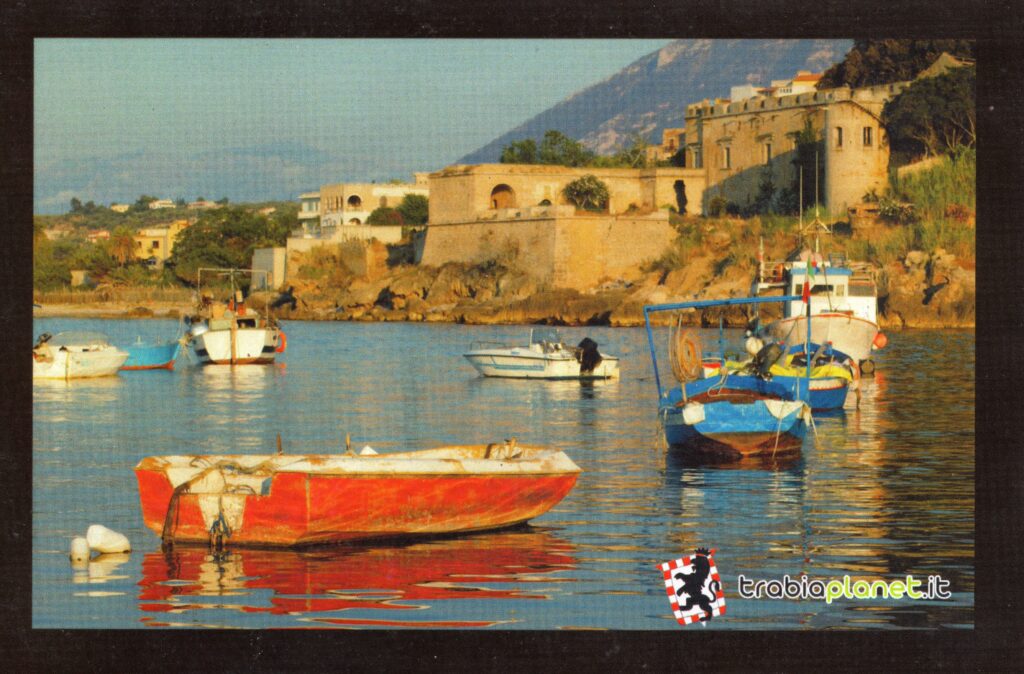
With its rich spring waters, Trabia drew many noble families to settle in its territory, among which were the Lanza in the 16th century. The Castello Lanza was a symbol of power when it was razed to the ground in 1517 by rebels. Blasco Lanza had it rebuilt, and it was subsequently expanded by his son Cesare, and guarded day and night by a keeper, three guards and a soldier.Ancient accounts recount that the castle was once a veritable oasis, and that from its imposing rocks gushed a crystal clear spring. Today the castle no longer belongs to the Lanza family; its splendid terraces remain, overlooking the Golfo di Termini Imerese, as well as the enclosing walls and embellished battlements overtop: The old tower rises from the centre of the courtyard, where its first entrance still features the remains of the drawbridge.
TONNARA
Point of interest n°3
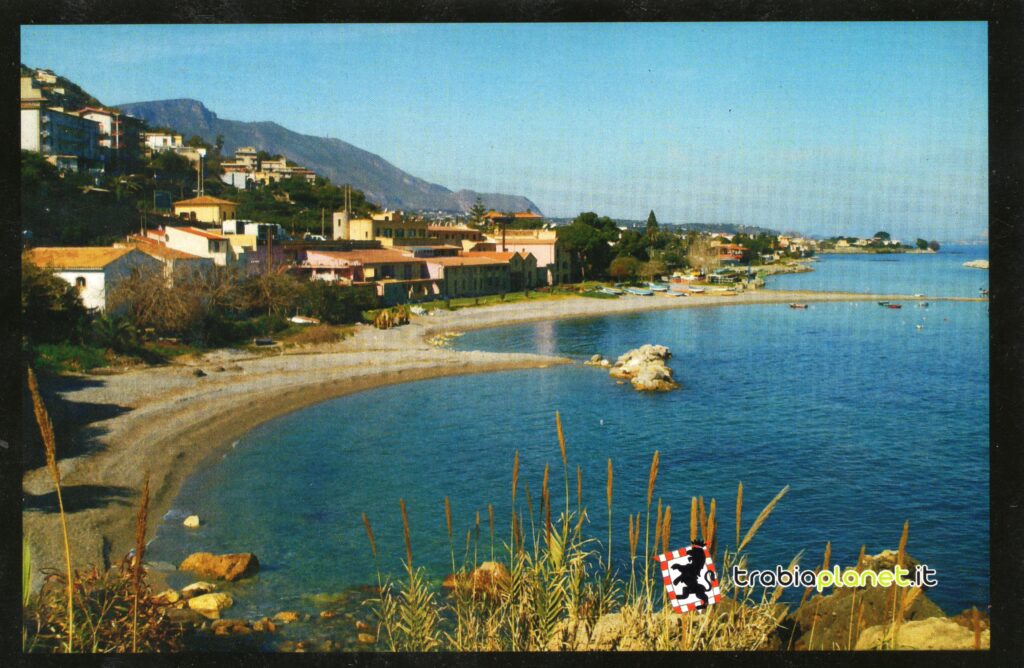
The waterfront known as the Tonnara, active until the late 1960s, was used during the month of April to prepare the fishing nets and boats for the Tonnara. Set out to sea and left there for roughly 45 days, they formed a corridor for capturing tuna, leading to the infamous death chamber.
Traditionally, the largest tuna was sold in the town’s main Corso, with the proceeds being donated for the feast day. Owned by the Prince Raimondo Lanza di Trabia, the Tonnara employed several local fishermen throughout the year, repairing the nets, cords and boats used for tuna fishing. Today, the old depositories used to house the boats and equipment have been transformed into the fashionably elegant “Hotel Tonnara”.
VETRANA
Point of interest n°4
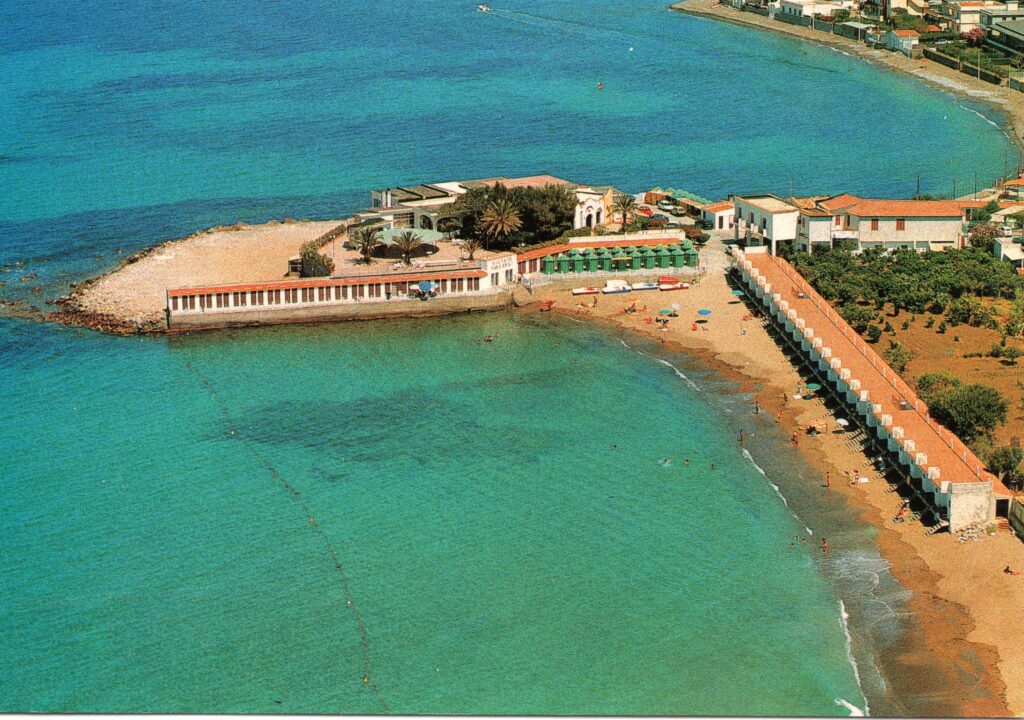
The sandy coastline extends from San Nicola l’Arena to Vetrana for just over 2 km. It is a popular spot with the roughly 5000 bathers who flock to its beaches during the summer period. Tourists will find an array of services along the state road 113 which runs alongside the coast: hotels, restaurants, pubs, pizzerias, car parks, football fields, cycling trails, and more.
Before the construction of the Lido, la Vetrana was a small island housing the tomb and mausoleum of the Marchesi Artale, characterised by its pyramidal shape.


